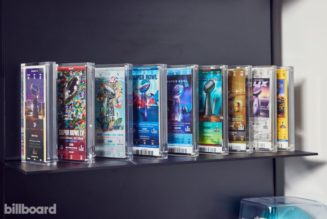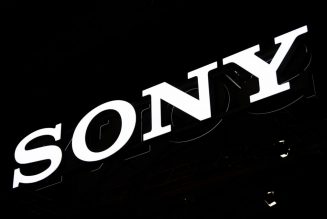
Urban areas are quickly riding the modern retail network wave as populations increasingly embrace convenience with facilities such as banks, hospitals, and supermarkets setting up within easy reach of each other.
It is no surprise that these facilities are sprouting all over cities and towns as a preferred business model. Malls, seen as key drivers, are considered successful when they have high foot traffic, typically driven by anchor tenants in countries such as Kenya where they have emerged as highly sought-after for pedestrian footfall and vehicle traffic.
This brings me to the retail media concept as an emerging opportunity for businesses to open up and expand their revenue sources.
Retail media refers to all platforms that utilise a retailer’s properties and data, including its digital ecosystem, whenever and wherever it communicates with customers.
At its most basic, retail media is “when a retailer offers advertising capabilities and services, similar to what media outlets such as publishers and television networks have done for years.
Retail media is a means for a variety of goods and services companies to target customers by developing a 360-degree understanding of them. The definition has expanded in recent years, from physical installations – such as gondola ends, power aisle displays, and car park banners – to sponsored search results and display advertising in apps and on e-commerce sites.
Now, retailers are becoming increasingly sophisticated as publishers that monetise their physical and digital footprints.
They collect, analyse, and share data with brands and product manufacturers in faster, more intelligent ways, and the resulting customer insights can be applied to a greater number of touchpoints.
Every surface across the branch network, each social media page, website, audio service, and screen is an asset that presents space for manufacturers and traders brands to use as advertising mediums to reach potential consumers.
Its roots can be traced back to in-store advertising techniques, such as product displays, endcap promotions, and in-store signage, that are still commonly practiced in Kenya. In these cases, manufacturers and importers collaborate with retailers to secure prime shelf space and eye-catching displays to attract consumers’ attention.
The writer is the chief executive officer at Adbud Technologies









